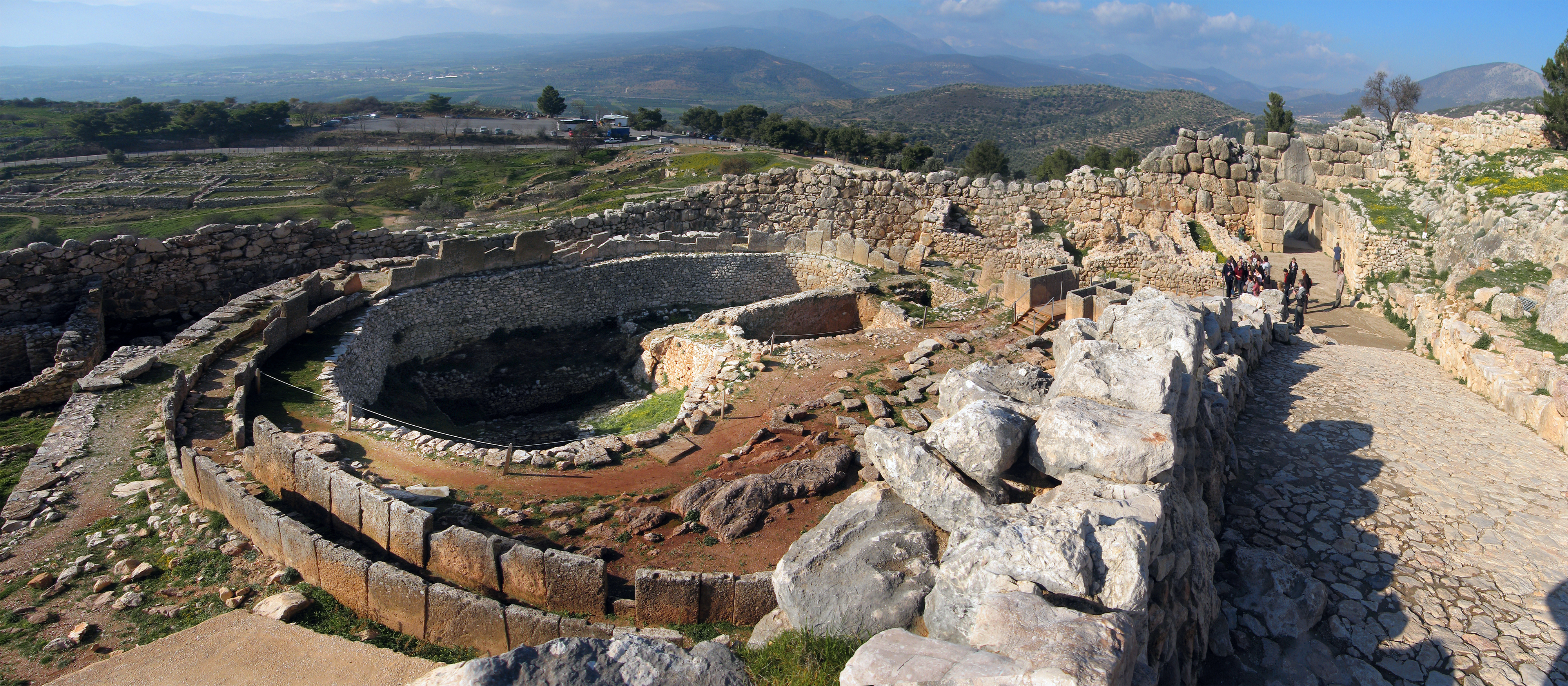

Yet finds from a few settlements suggest that populations were well over the two hundred considered by some anthropologists as the maximum feasible for community cohesion, based on a relatively egalitarian type of (face-to-face) organization. Later Neolithic technological changes might have encouraged the south and larger islands to catch up, since their potential for dry farming is much more on a par with that farther north.ĭespite claims that the more elaborate village plans on tells in Thessaly suggest the presence of distinct sectors where an elite might have resided, it is not evident that Neolithic society had progressed beyond a social organization of kin groups, clans, and temporary leading families (sometimes called a "Big Man" society), into a more hierarchical stage of chiefdoms dominating one or more villages. Since the areas with high water tables are concentrated in the plains of central and northern Greece, it may be that the earlier Neolithic did indeed see a greater population density.


Here, rainfall was the essential source for plant growth, rather than the lakes, streams, and springs of the preceding era. In Late Neolithic times, the diffusion-once more from the Near East-of simple plows and animal traction allowed an explosion of settlement across the expanses of fertile hill and plain country of Greece. 7000–3500 b.c.), however, both types of Greek agropastoral societies sought out well-watered light soils for their hoe- and hand-based farming. It may be that tell villages were more stable communities, lasting in one place for hundreds and even thousands of years, while the typical settlement in southern Greece and the islands was smaller and shifted position every few generations. This view, very much influenced by the comparative ease with which the prominent tells have been identified by archaeologists from early in the twentieth century, may need to be altered slightly as a result of the recent intensive study of the southern Greek landscape, where greater densities of "flat" sites are being recognized. Such a distribution encourages the view that this early settled farming era in Greece (the Neolithic) was a time when the centers of population and socioeconomic development lay well north of those regions of Greece that would become the focus of the succeeding Bronze Age and classical civilizations. In contrast, the equivalent villages or farms on the southern mainland and the Aegean Islands more often are widely scattered and less substantial. These first European farming settlements are best known from their closely packed artificial settlement mounds, or "tells," which mark the great plains of central and northern mainland Greece (notably, Thessaly). are understood as marking the colonization of the Balkans, including Greece, by early farming groups migrating out of the zones where these innovations were invented, in southwestern Asia. Nonetheless, the spread of farming and the associated appearance of domestic animals, such as sheep, goats, cattle, and pigs, around 7000 b.c. Evidence for the hunter-gatherer population of Greece has been scanty, but intensive research in Epirus (northwestern Greece) and Argolid (Peloponnese, southern Greece) suggests that long-lived successful adaptations probably were widespread on the mainland by the end of the last Ice Age and in the first few millennia of the current warm era (the Holocene, after 8500 b.c.).


 0 kommentar(er)
0 kommentar(er)
